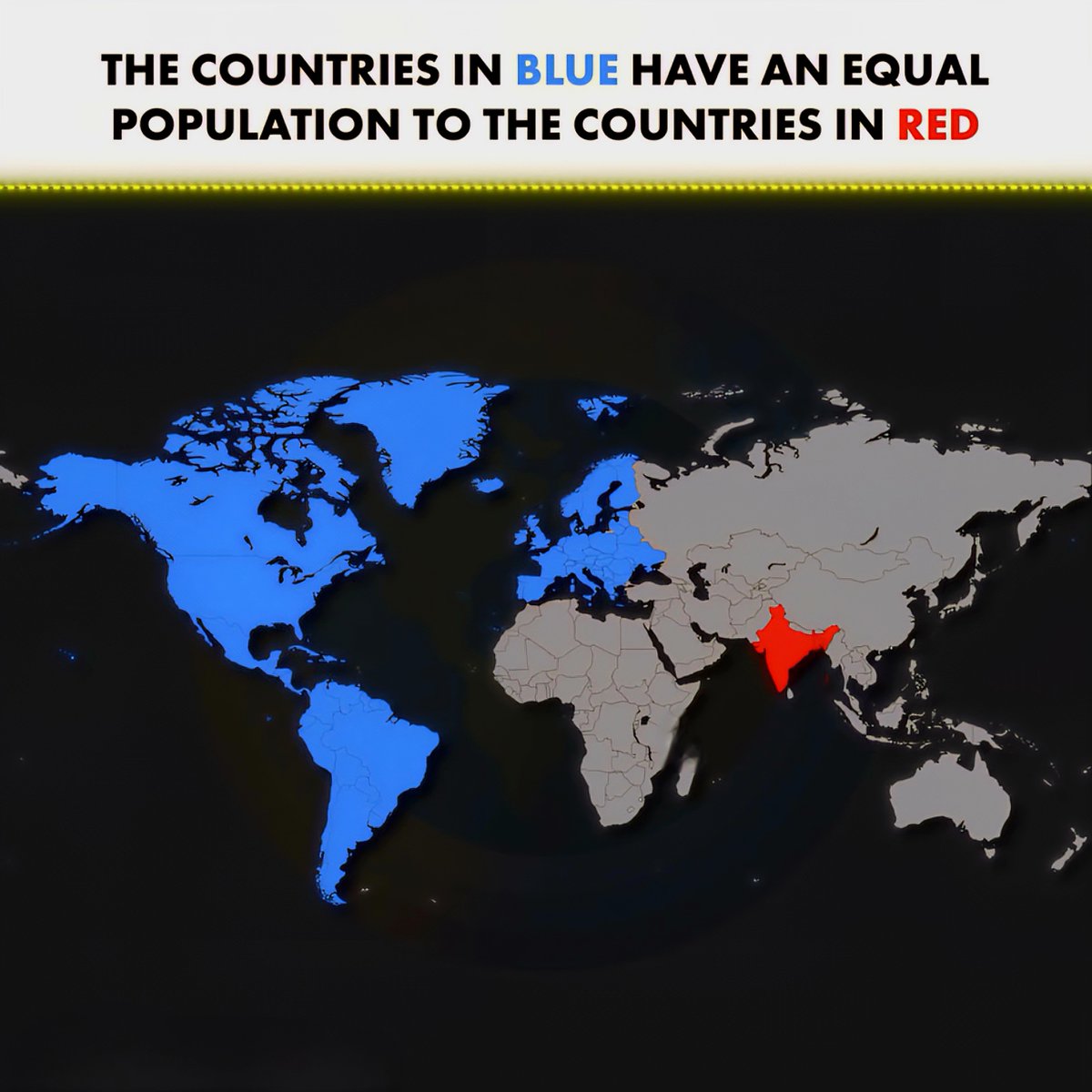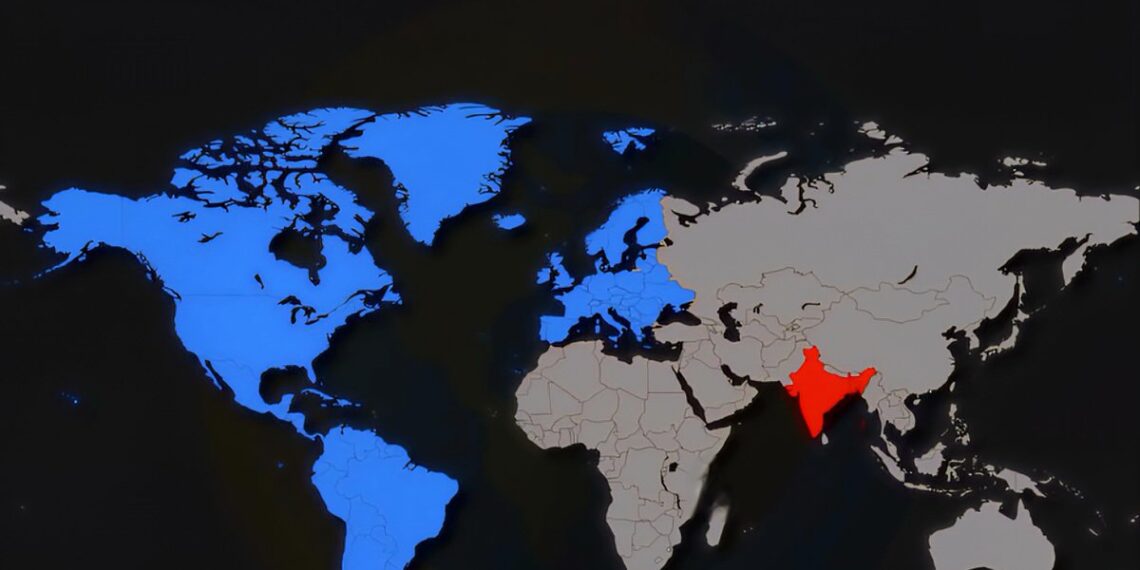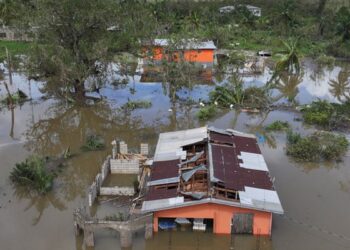Select Language:
Countries with Equal Populations in Blue and Red
The Balance of Global Populations: A Visual Insight
The image depicts a striking world map highlighting countries in blue and red, indicating regions with equal populations. This visual comparison underscores the fascinating demographic balance in today’s global landscape, revealing how diverse nations can have populations that are roughly equivalent, despite differences in size, economy, or geography. Here are some of the most interesting observations and facts derived from this demographic split.
1. The USA and Japan: Populations in Harmony
One of the most notable matches on the map is between the United States and Japan. The United States, with its vibrant, diverse population, and Japan, known for its aging society, both have approximately 125 million residents. This population equilibrium illustrates contrasting societal structures yet similar demographic sizes, influencing economic strategies, healthcare, and cultural exchanges.
2. Nigeria and Russia: Giants on the Population Scale
Nigeria and Russia, located on opposite ends of the spectrum in terms of geography and development, each hover around 211 million people. Nigeria, with its rapidly growing and youthful population, contrasts sharply with Russia’s declining and aging demographics. The equal population figures highlight the different challenges and opportunities faced by these nations in terms of economic development, resource management, and international influence.
3. Mexico and Indonesia: Vibrant and Agrarian
Mexico and Indonesia, two culturally rich nations, each boast populations near 130 million. Their similar population size allows for comparative insights into their unique societal trends—Mexico with its urban centers like Mexico City and Indonesia with its sprawling archipelago. Both are critical regional players shaping Southeast and North American geopolitics respectively.
4. Democratic Republic of the Congo and India: Youthful and Diverse
The Democratic Republic of the Congo (DRC) and India are both represented in blue, with populations nearing 102 million. While India’s population exceeds 1.4 billion, the DRC’s approximate population matches the scale of this South Asian giant’s smaller yet significant demographic segments. Their contrasting economic statuses and growth trajectories provide a window into global development disparities.
5. Brazil and Spain: Large in Population, Small in Landmass
Brazil and Spain, with populations close to 213 million and 47 million respectively, highlight geographic and demographic disparities. Despite their differences, they are linked in the map by similar population figures, emphasizing the importance of demographic considerations for policy-making, resource distribution, and cultural exchange.
6. Egypt and the Philippines: Populations in Flux
Both Egypt and the Philippines have populations around 115 million, representing both African and Southeast Asian cultural hubs. Their demographic growth trajectories continue to influence regional stability, economic development, and international relations.
7. Canada and South Korea: High-Income, Differently Sized Populations
Canada and South Korea each have roughly 38 million residents. This pairing exemplifies how economically developed countries can have similar population sizes but vastly different land areas and societal structures, affecting policy priorities, urban planning, and international cooperation.

The visual underscores the complex and fascinating ways populations are distributed globally. Understanding these demographic patterns not only informs geopolitics but also helps forecast future economic and social trends.
The Demographic Balancing Act
While some countries have populations soaring into hundreds of millions, others are managing shrinking numbers, confronting challenges such as aging populations or youth unemployment. The map’s visual representation emphasizes that demographic balance is a key to understanding global stability and economic vitality.
This comparison invites policymakers, researchers, and global citizens to consider population trends critical to shaping a sustainable future. As nations evolve, their demographic profiles will continue to be a vital aspect of international relations, economic strategies, and social policies.
Published in 2025, this demographic snapshot offers a current look into the intricate web of population parity across the world.







